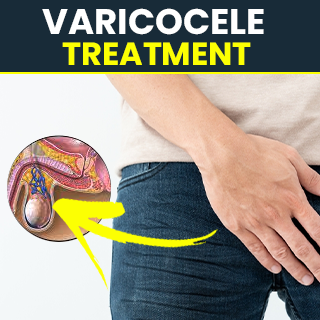Asthma is a persistent lung condition that can affect people of all ages. It is a condition that makes breathing difficult because of inflammation and muscular stiffness around the airways. Common asthma symptoms include coughing wheezing, chest tightness, and breath shortness. These symptoms are shown by the following causes of asthma that are:
Infections like cold and flu.
Allergies such as pollen, dust mites, animal fur, etc.
Pollution, smokes, and fumes.
Emotional that are stress and laughter.
Heavy exercise.
Symptoms of asthma vary according to the different age groups, including:
The following are the symptoms of asthma in adults who are older than 20yrs of age, includes:
Coughing
Wheezing
Pain in chest
Sleeping problems
Breathe shortness
Extra secretion of mucus in the airways.
Chest tightness
The following are the common childhood asthma symptoms, includes:
A wheezing or whistling sound is made when exhaling.
Respiration difficulty.
Tightness or congestion in the chest.
Recurring coughing that gets worse
Trouble sleep.
Delayed recovery of respiratory disease.
Breathing problem.
Fatigue
Symptoms of asthma can be categorized as mild and severe.
1. Mild asthma symptoms can vary from person to person, but they generally involve occasional and relatively minor breathing difficulties. These symptoms may come and go, and individuals with mild asthma often experience long periods of time without any symptoms. Some common mild asthma symptoms include:
Shortness of breath: Feeling like you can't take a full breath or having difficulty breathing normally.
Wheezing: A high-pitched whistling sound when breathing, especially during exhalation.
Coughing: A persistent, dry cough, especially at night or early in the morning.
Chest tightness: Feeling pressure or discomfort in the chest area.
Mucus production: Some individuals may experience increased mucus production in the airways.
2. Severe asthma symptoms may include:
Shortness of breath: People with severe asthma often experience significant difficulty breathing, even during minimal physical activity or at rest.
Wheezing: Wheezing is a high-pitched whistling sound that occurs when breathing, especially during exhalation. It is caused by the narrowing of the airways.
Chest tightness: Individuals with severe asthma may feel a sensation of constriction or pressure in the chest, which can be distressing.
Coughing: Persistent and uncontrollable coughing is a common symptom of severe asthma, especially at night or early in the morning.
Increased mucus production: Severe asthma can cause excessive mucus production, leading to phlegm and congestion in the airways.
Difficulty sleeping: Severe asthma can disrupt sleep patterns due to nighttime symptoms, leading to fatigue and reduced quality of life.
Frequent asthma attacks: People with severe asthma are more susceptible to frequent and severe asthma attacks, which can be life-threatening.

.png)





